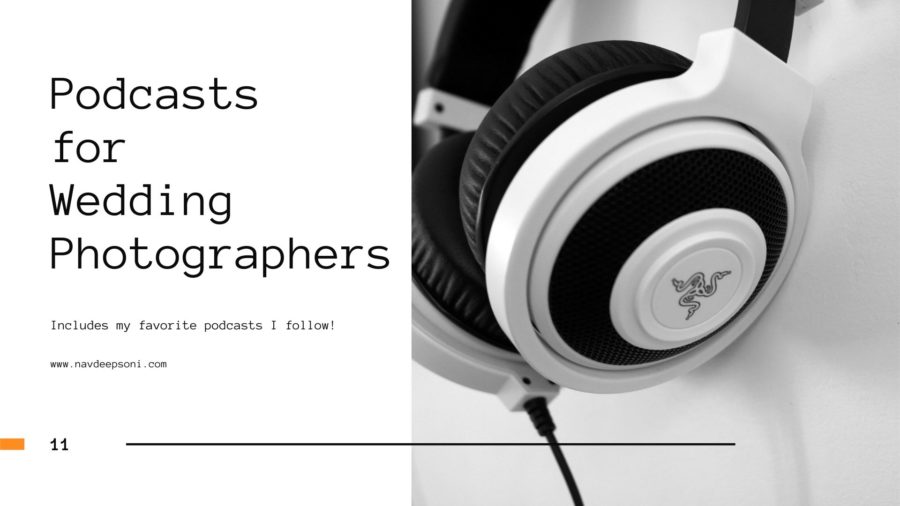It has been more than a decade since mirrorless cameras were introduced into the market. It was almost a decade of dominance by DSLRs when people actually heard about mirrorless cameras.
No one had expected mirrorless cameras to be a commercial success. The photography industry saw a big change from film cameras to digital cameras after a lot of resistance to shifting to digital technology.
Whether people liked it or hated it but it was evident at the beginning of this century that it is a matter of time before film cameras will be replaced by digital cameras.
When the first mirrorless camera emerged in the photography scene, it looked exciting as a technology. It had its own advantages and most DSLR owners chose not to take it much seriously.
They appreciated mirrorless and its form factor but stayed loyal to their DSLRs.
Fast forward 10 years later, and things have changed. There is an equally loyal following for both if I have to put it in a diplomatic way. I personally own DSLR cameras and mirrorless cameras in my kit.
Someone who is a first buyer of a digital camera will find it confusing which direction to take in terms of technology.
Even today manufacturers across all brands are producing both. Why?
Because there is a demand for both.
In today?s post, I will help you share the key differences between a mirrorless camera and a DSLR from a photographer?s perspective.
I have used both cameras while on my wedding photography assignments. I will share my real-life experiences of using them.
Mirrorless vs DSLR cameras: Key differences


As the name suggests, the main difference between both is the absence of a mirror in mirrorless cameras, and that’s where most fundamental advantages or disadvantages germinate. A digital single lens reflex or simply DSLR captures images when the light hit the mirror at 45 degrees and enters the optical viewfinder without any software manipulation.
On the other hand, a mirrorless camera has an electronic viewfinder where the light passes through directly from the lens without any deflection from a mirror. The image you see on the electronic viewfinder is directly captured by the sensor and saved in the memory.
This absence of a mirror also contributes to the smaller size of the mirrorless camera. Let us look into the details of different factors that you need to consider when comparing DSLRs and mirrorless.
Size and Weight Factor
A side-by-side comparison of the two bodies and you can easily notice that the mirrorless body has a smaller size and weigh lesser than DSLRs.
Someone who is new to the photography world may assume the smaller the camera, the better it is to handle and maneuver. But it may not be true for everyone.
A lot depends on the size of your hand and personal preference. The ergonomics of a camera are extremely important if you use the camera in the field like me. However, if your work mostly involves a camera on a tripod, it may not matter much.
For me shooting weddings for long hours, the camera grip and how it feels in my hand are important for me.
Lenses
When mirrorless cameras break into the photography scene, most photographers dismissed them for the limited selection of lenses. But not anymore, all major brands have a wide variety of lenses to choose from.
Do they still match the wide range and proven track record lenses in DSLRs?
Probably not but they are not that far. With each passing year, the gap is going down. The lack of variety is no longer a deterrent.
Yes, I miss tilt-shift lenses on my mirrorless setup but what percentage of photographers fall in this category?
Viewfinders
The quality of the viewfinder is important. There is no other way to convert this. They both have very different mechanisms to show what is visible to the lens. It is a personal preference.
I have seen new-age photographers whose first camera was a smartphone or a mirrorless camera prefer the electronic viewfinder of a mirrorless.
I have worked with an optical viewfinder as well as an electronic viewfinder. I personally prefer optical for its image quality and find it easy on the eyes.
EVF is more like watching a good old computer monitor through a keyhole. I know it sounds a bit harsh but like I said it is a personal choice.
EVM has the big advantage of presenting images close to what it will save in the memory. It considers the shutter speed, aperture, white balance, and live histogram which can help you make more informed choices before you press the shutter button for saving the image.
Don?t get surprised if you don?t notice this advantage when compared with a DSLR viewfinder. I have seen many photographers hardly noticing it.
Autofocus
Autofocus is a modern photographer’s delight. Huge respect for photographers who manually focused and got tack-sharp pictures with the perfect moments.
Autofocus is a necessity now. DSLR has won many hearts for its low-light performance and autofocus capabilities.
Mirrorless cameras came and won more hearts with better autofocus. But it is not a universal truth. It depends on the model and brand of the camera. Some entry-level mirrorless camera may not match their DSLR counterparts.
Similarly, some of the newly launched high-end DSLR cameras have excellent autofocus systems.
The absence of a mirror in mirrorless cameras plays a significant role in better autofocus. DSLRs have a limitation as the autofocus works only when the mirror is down. Although the process is quite fast but still slow when compared with a mirrorless that has an autofocus built-in sensor.
There are some canon DSLR systems that have phase-detect autofocus built into the image sensor. They are quite close to the performance of mirrorless autofocus.
Mirrorless cameras will blow your mind when it comes to tracking moving subjects with high accuracy. This is one of the reasons why they are preferred as a vlogging camera along with the size.
Image stabilization
Image stabilization is another factor that gave a boost to the sales and acceptance of mirrorless systems. Although image stabilization systems are part of both technologies they use slightly different mechanisms to stabilize the image or video.
DSLRs rely on the lens and body stabilization methods along the x and y axis whereas most mirrorless systems now use 5 axis stabilization mechanism. It is far superior to the two-axis method.
Continuous shooting
Another clear winner is the mirrorless system when it comes to continuous shooting. The design advantage helps to achieve higher frame rates as the absence of a mirror and other fewer moving parts makes it easy to shoot continuously at higher frame rates.
However, a word of caution for shooting at higher frame rates like 60fps as you can experience banding issues in mirrorless due to the lack of a mechanical shutter. With an electronic shutter, the focus tends to be fixed right from the first shot and that can be an issue if the subject is moving.
Video
Video production is a delight in mirrorless cameras. It is another area where they score way better than DSLR systems.
Irrespective of systems, all cameras have built-in features that cater to both image and video production. If you are mostly into photography with occasionally into creating videos then DSLRs will do a good job.
On the other hand, if you are mostly into videos and social media content creation where videos play an important role then a mirrorless system is the way to go. A lot of filmmakers on a budget prefer mirrorless cameras and lenses instead of expensive film production camera systems.
Silent autofocus, smooth transitioning of focus from one subject to another, and brands investing in mirrorless lenses that cater to features similar to the ones found in cinematic setups make them a great investment for filmmakers.
Image quality
The image quality should matter the most to a photographer and honestly, there is no clear winner. They both score equally well on this.
Right from high-resolution sensors to image sensors with low light capability, there are many options in both systems.
Battery life
Mirrorless systems have been trying to match the battery life of DSLRs. They have made a considerable amount of improvements in the last few years but still, the clear winner is a DSLR system.
An average DSLR can cross 1000 shots easily on a single charge whereas the mirrorless stretches up to 500-600 shots.
Although this can be easily compensated by carrying extra batteries as I do. The biggest disadvantage is not only the cost but also managing the schedules of charging (sometimes even on a shoot).
When you are shooting a wedding, you want the minimum stress and added management work.
Real-Life Shooting Experience


The experience of shooting with a DSLR or mirrorless cannot be summed up by one or two photographers. But still, I will try to share my experience of doing professional photography for more than a decade.
First and foremost, both are very capable camera systems. Mirrorless camera score high in stabilization, autofocus, and smaller size. But when you compare them with the lens included they get bulkier.
They not only become equally heavy but lose balance and ergonomics. I personally feel uncomfortable with a small body but an awkwardly bigger lens. If given a choice I will prefer a balance body and lens weight ratio.
In a high-action scenario like sports photography or wildlife photography, many photographers still trust DSLRs but there are few who have switched to mirrorless.
In another scenario, I will prefer a camera for YouTube that has good autofocus so that I am always in the frame even if my head is moving.
Choosing a camera system purely based on other photographers’ experiences can be misleading.
Price
The price can be a subjective issue but both camera systems provide various options at all price points.
In fact, at any given price you will have competitive camera models from various manufacturers in both systems.
Price should not be a criterion for choosing any system.
But I want to bring in my observation about entry-level cameras. I have noticed mirrorless camera systems at the beginner level generally have more features or slightly advanced features when compared to entry-level DSLR cameras.
Final Thoughts
To sum it up, DSLRs are workhorses with a proven track record. But expect mirrorless to get more advanced and technically sound. This will continue to be in the future as well and eventually, DSLRs will be phased out just like their bigger brother film cameras.





